The 3 Most Important Features in an Automated Budgetary Control Solution
By: Rich Uphus | May 9, 2023
How can you know what’s important with so many different features and selling points in automated budgetary control solutions? Two industry professionals talk about the features they think are most important.
______________________________________
ARTICLE — Suppose you’re going to spend money on an automated budgetary control solution. In that case, you want to make sure the one you buy is worth that money: Does it do everything you need? Will it grow with you? Is it the best bang for your buck?
Answering these questions is essential. But with so many different features and selling points in these systems, how can you know what’s necessary?
If you’ve found yourself in this situation, hear two industry professionals give their takes on the most critical features of an automated budgetary control solution.
Automated Budget Checks
Brian Schilling, manager at RSM US, says that the most critical function of this solution should have automated checking against the budget for all transactions in the system.
He explains how this feature works: imagine you’re putting in a purchase order for a million dollars, and it will go against IT expense. But back when you went through the budget process, you’d decided you would only spend $500,000 on IT expenses that year. The system will check the budget before allowing the purchase order to go through and warn you about the potential overspending.
“So what it does,” Schilling explains, “is force you to say, ‘Oh wait, I need to make a budget adjustment to adjust the budget.’ It will stop people from actually creating that line item, or it will warn them, to say ‘Hey, you’re a little out of budget here.'”
Flexibility
Mike Canniff, CEO and co-founder of PyanGo takes a broader view when naming the most important features of an automated budgetary control solution: “Flexibility,” he says. “When you’re looking at your ERP from a core financials perspective in your GL (your general ledger), you have certain requirements you have to report; you might be budgeting by a different set of dimensions. So you need a solution that can slice and dice that financial transaction impact data in different ways.”
He points out that PyanGo has customers who like to budget differently—some by an account group (a collection of varying GL accounts), others by project or department. “So there’s a wide variety of options within NetSuite to budget in different dimensions.” Your budgetary control solution must be flexible enough to allow these different budgeting options.
Foresight
“Finally,” says Canniff, “one of the most important features an automated budgetary control system can have is letting you look closely at upcoming transactions, not just completed ones. In solutions such as PyanGo’s Automated Budgetary Control for NetSuite, you can look at a more granular level of detail beyond just a standard budget because now you can look at that procurement data, or what more generally would be called ‘unapproved transactions’ that may not be posted to the general ledger as yet. You can get visibility into that spend before it hits the general ledger.”
He says that proper encumbrance accounting comes into play: “We can look at the pre-encumbered or pre-committed or soft-committed amount, and then an obligated amount. We can track that data throughout the procurement lifecycle.”
PyanGo Automated Budgetary Control for NetSuite
PyanGo’s Automated Budgetary Control for NetSuite, seamlessly built inside Oracle NetSuite, lets organizations take control of their spend. It allows them to automatically regulate and track expenditures against predefined authorized budgets and encumber expenses throughout the procurement lifecycle. The solution tracks hard and soft commitments via purchase requests or purchase orders. All expenditures outside of compliance are flagged for review before funds are encumbered. Automated Budgetary Control for NetSuite also extends standard and advanced procurement, expense reports, and journal processing modules.
Contact PyanGo to learn more about how PyanGo’s Automated Budgetary Control for NetSuite can benefit your organization.
Click here to schedule an online product demonstration.




